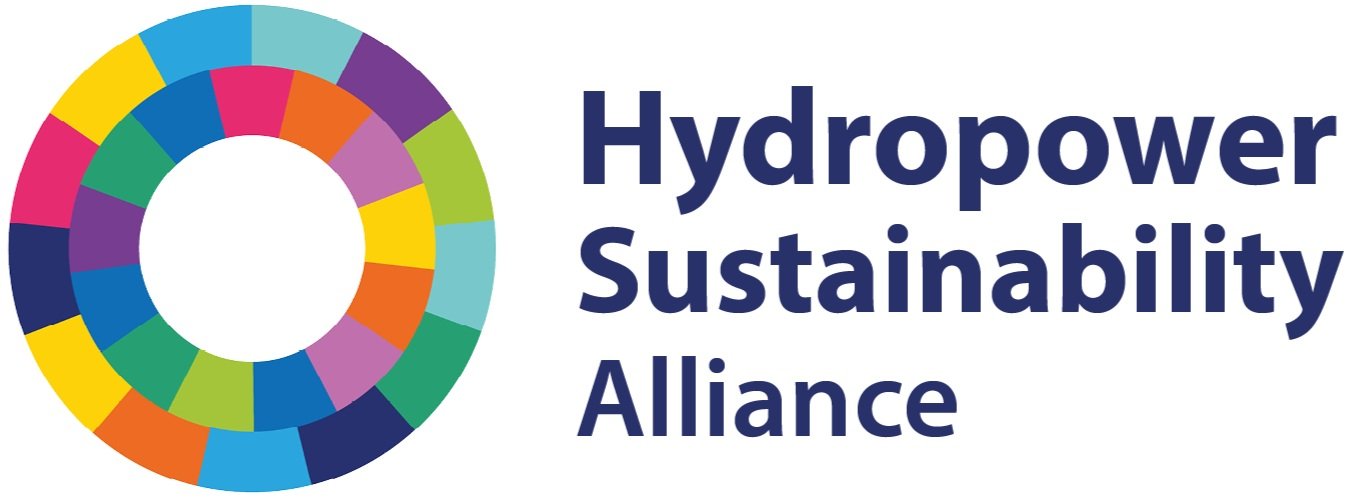BLOG: The business case for independent ESG standards
The business case for independent ESG standards
In the age of climate finance and ESG, many banks and private institutions still struggle with how to best invest their funds in climate-friendly projects, writes Alain Kilajian, Senior Sustainability Specialist at the International Hydropower Association (IHA). A new labelling scheme for hydropower, the Hydropower Sustainability Standard, can help investors cut through the noise.
The investment landscape is plagued by a mosaic of buzzwords. Investment in hydropower is no different. Despite being around for well over a century, hydropower seems to leave investors puzzled. Fortunately, hydropower investment is no Sisyphean task and the key to the puzzle can be found through independent ESG standards and how they can be used to avoid funding the wrong project.
Earlier this year, Germany’s state-owned investment and development bank – KfW – decided to pull out of financing a 15.75 MW hydropower project in Bosnia i Herzegovina. The decision was apparently made after community protests and NGO lobbying. On the island of Java, the Indonesian government may be facing a similar outcome mid-way through the construction of a 6 MW scheme due to unsettled villagers concerned about their resettlement and compensation. In both cases, the project’s viability – and by association, the investment – is put at risk due to important environmental and social impacts.
For KfW, a €30 million loan agreement, initially signed in 2014, will have to be removed from their books, leaving a mountain of paperwork and an abyss of wasted resources. For the Indonesian government, there is still the hope of salvaging the project through community consultation, but this will most certainly leave a dent in the project’s long-term financial gains.
This is not an unusual story for the hydropower sector. Many projects have been delayed or halted by community protests and a lack of a social licence to operate. For investors looking to put their funds into renewable technologies, this can be very problematic. Historically, investment funds have preferred thermal options (e.g. natural gas and coal) as they offer lower financing risks and safer returns, but given the global shift toward a low-carbon future, these options are no longer on the table. Instead, the investment community is looking to lower the risks associated with investing in renewable energies – a crucial part of any green or ESG fund.
Barriers to investment
For hydropower, where most project delays are non-technical and usually linked to environmental concerns, permitting issues and a lack of social acceptance, the answer lies in independent ESG standards.
Investment in the hydropower is marked by high upfront costs, complex financing models and long time horizons. Governments and companies have had to come up with new and innovative ways to address project financing, mostly through a blended finance approach. These approaches, such as Private Public Partnerships (PPPs), not only involve splitting the bill for the project but also sharing its risks.
Financial institutions, like the World Bank and International Finance Corporation, were driven to develop their own performance standards and safeguards to minimise risk in their investments. Initially developed as ad-hoc operational directives, these standards are now integrated across a number of interrelated environmental and social themes, and are the most referenced ESG framework for project financing.
All these efforts share the same goal: to minimise investment risk. Have they worked? In many cases, they have. The World Bank’s Environmental and Social Framework (ESF) alone has supported the development of thousands of projects that have brought long-term benefits to communities and economies. Though, in others, as in the example in Bosnia and Herzegovina, they have not.
This is not a question about singling out a specific bank or government. The list of abandoned projects and lost investment is as long as the Nile River and includes all the main global players (see Bankwatch’s database for examples). The question is, if all these banks used their own environmental and social frameworks, what went wrong?
Of course, this question is impossible to answer in a general or overarching way. Each project has its own specificities that will ultimately lead to its success or its failure. In hindsight, it would be possible to break the key decisions or non-decisions that lead to either fate, but this is not the most useful exercise. Instead, the key to answering this question is not in looking at the specific moments that led to failure in past projects, but in implementing a systematic process in which these moments can be flagged early on and ideally avoided in future projects.
This process should be built on openness and transparency, on rigour and third-party expertise, on good faith consultation and two-way engagement. Banks and investment funds should aim to build these principles into their internal processes, but this should be further supported by relevant and legitimate due diligence processes, especially in sectoral investments as complex as hydropower.
Creating accountability with assurance mechanisms
A useful example can be found in the palm oil industry. A decade ago, international palm oil production was faced with a huge global backlash. Investment in the sector was cut as most banks viewed the crop as high-risk. Now, most consumers and investors have regained trust in the agricultural activity through the efforts of the Roundtable on Sustainable Palm Oil (RSPO) – an independent ESG standard for palm oil production. It is now a requirement for most banks investing in the sector that the palm oil production be certified RSPO. A welcome safety net, the RSPO label gives banks and other funders the additional assurance they need to feel comfortable about their investments.
For the hydropower sector, the Hydropower Sustainability Standard is the assurance mechanism. Governed by the Hydropower Sustainability Council, a multistakeholder body, this certification and labelling scheme represents the views of all stakeholders in the hydropower sector, not just industry. The assessment process requires interviewing affected communities, reviewing project processes and documentation and inspecting the site. The assessment report is published online and open for comments. From the outset, the process is inclusive and transparent, and most importantly, conducted by independent assessors.
In many ways, the world of international project financing is small and insular. It’s sometimes difficult for interested parties to break down bank safeguards and understand the ESG prowess of an investment or project. Independent ESG standards allow banks and investors not only to mitigate their own investment risk but also to communicate their sustainability credentials to a wider public in an inclusive and independent manner. In some cases, meeting ESG standard can even allow a project to attract green finance and further amplify its long-term financial gains.
Benefitting from green finance
One positive example is the Reventazón hydroelectric plant in Costa Rica. Earlier this year, the Costa Rican Electricity Institute (ICE) became the world’s first hydropower operator to obtain a green bond certified by the Climate Bond’s Initiative, using their new criteria. They were able to do so by assessing their Reventazón plant against an independent ESG standard. The plant was built between 2010 and 2016, financed by the Inter-American Development Bank, the International Finance Corporation, the Central American Bank for Economic Integration (CABEI) and the European Investment Bank, and was assessed in 2017.
In addition to meeting the requirements of a multitude of donors, the project was also independently assessed for its ESG credentials. The main reason was to provide additional assurance to its cohort of investors. Five years later, the independent assessment allowed the project to issue a certified green bond to refinance the debt acquired for its construction.
In the world of ESG investment, independent standards provide the needed assurance and benchmarking to avoid funding the wrong projects. And when they help bring additional revenue to the mix, that’s just the cherry on the investment cake.

